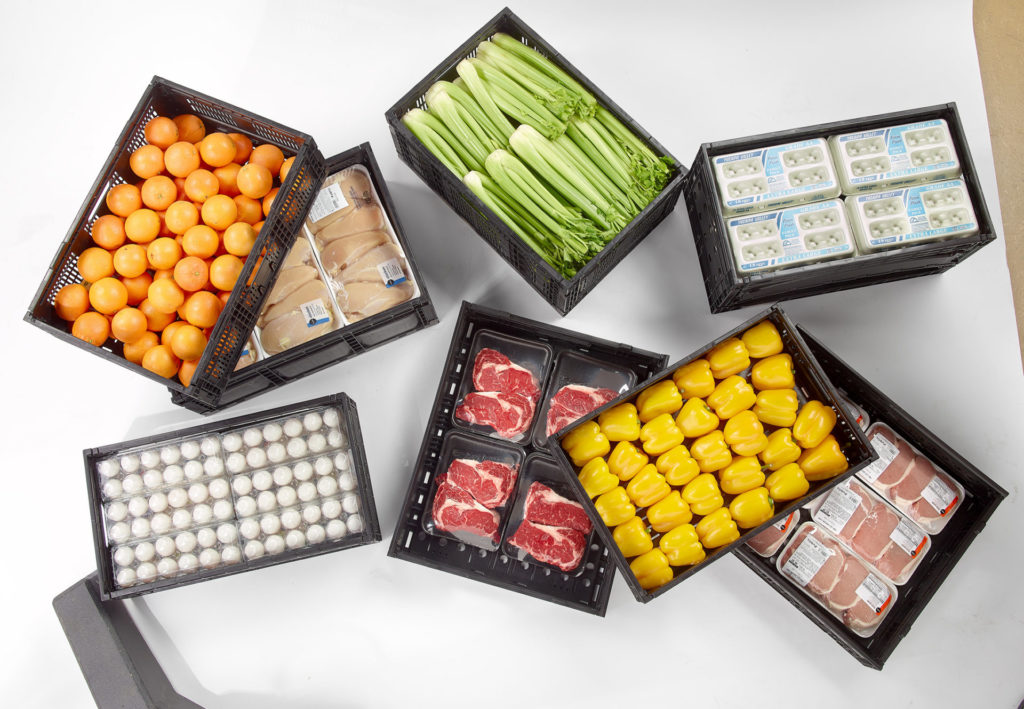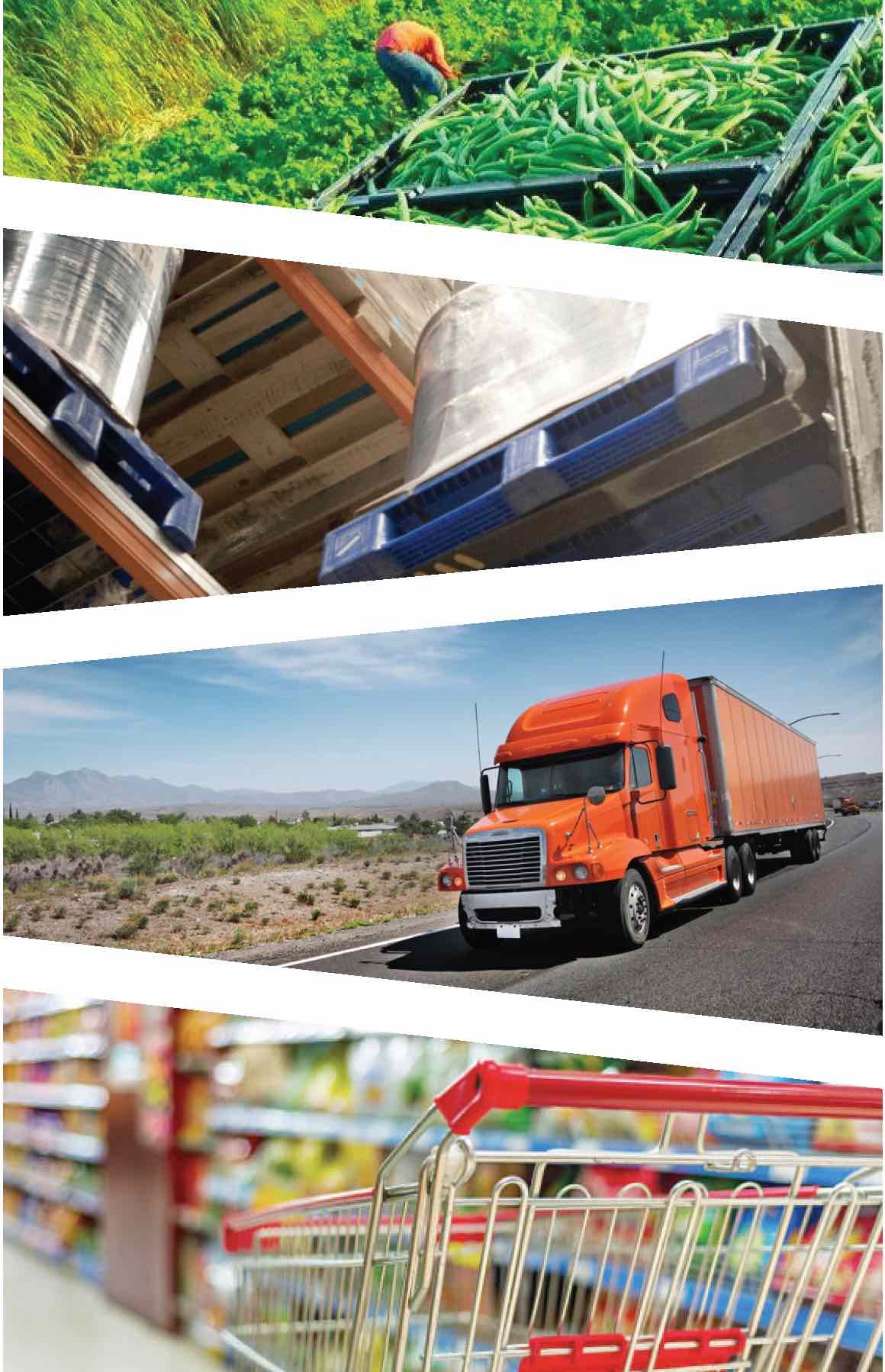The Newest Sustainability Dream Team: Lightweight Packaging and RPCs
Lightweight primary packaging has become a major focus in the consumer packaged goods industry because of the sustainability it can offer. By reducing the amount of material used to create disposable packages, companies can limit the environmental impact of single-use-plastics, save on material and transport costs, and help reach supply chain sustainability goals all in one swipe. In other words, lightweight packaging enables sustainability and as a whole, it benefits everybody, from the CFO burdened with decisions to the sea turtles.
That said, the lightweight packaging movement faces an interesting juggle – the packages must reduce material weight without becoming too susceptible to damage in the supply chain. If designers can manage this, brands experience cost savings all along the way and reduce their environmental burden in the process.
What if there was a way to transport packaging solution that offers protection to the ever-thinning package walls and balance that equation even better?
Solve the Durability Issue with RPCs, a Better Transport Packaging Solution
A plastic bottle with thinner walls is going to be far more susceptible to damage in the supply stream. The status quo secondary package is no longer enough to prevent the thin walls from being punctured or the products from being crushed. The status quo, corrugated boxes, are built for one use only and cannot even withstand the weight they carry, much less the impacts of spillage, weather or other variables that can occur with transportation and storage.
Fortunately, a much stronger secondary package option exists, and lightweighted primary packages no longer have to stand on their own to protect the products they carry. As a durable, reusable, and efficient transport packaging option, Reusable Plastic Containers (RPCs) provide the protection lightweighted packages need to safely move through the supply chain. Tosca’s RPCs are an innovative transport packaging solution in place of single-use materials that improve supply chain sustainability globally.
Why Make RPCs Your Returnable Packaging of Choice
RPCs are made of food-grade polypropylene with reinforced walls to create better structural integrity. Their strength allows them to bear the weight of the stack above them without buckling under the pressure. Tucked away in a heavy-duty RPC, more sustainable lightweighted primary packages can withstand the stresses of the supply chain and brands can trust that their products will get where they need to go intact.
RPCs are also far more than just a stronger box. They are stackable, foldable, and washable, ensuring the space efficiency warehouses and super market store rooms demand. The space-saving benefits of a foldable crate allow for more efficient, cost-effective operations. They are a reusable plastic packaging solution that contributes to a sustainable supply chain as they move their way through it repeatedly, offering companies another way to reduce environmental impact.

Tosca’s RPCs safely deliver delicate perishables like meat, seafood, produce, and eggs to grocery stores all over the world, so you can bet that transport packaging is safe in Tosca’s heavy-duty RPCs.
Wrapping It Up: A Wise Option for a Sustainable Supply Chain
Lightweighted packaging is undoubtedly a good thing, for sustainability and for the bottom line, and it is important for the supply chain to do what it can to make lightweighting an effective choice. Thankfully, Tosca’s durable RPCs can take the many supply chain burdens off the shoulders of lightweighted packages so they can keep up their good work of getting thinner and contributing to a sustainable supply chain. Making the switch to returnable packaging has benefits not only to your business but also worldwide.

Consumers, brands, manufacturers, and the earth itself all benefit from the marriage of lightweight packaging to RPCs as a returnable packaging solution. Let’s start doing our part for a more sustainable supply chain now.


